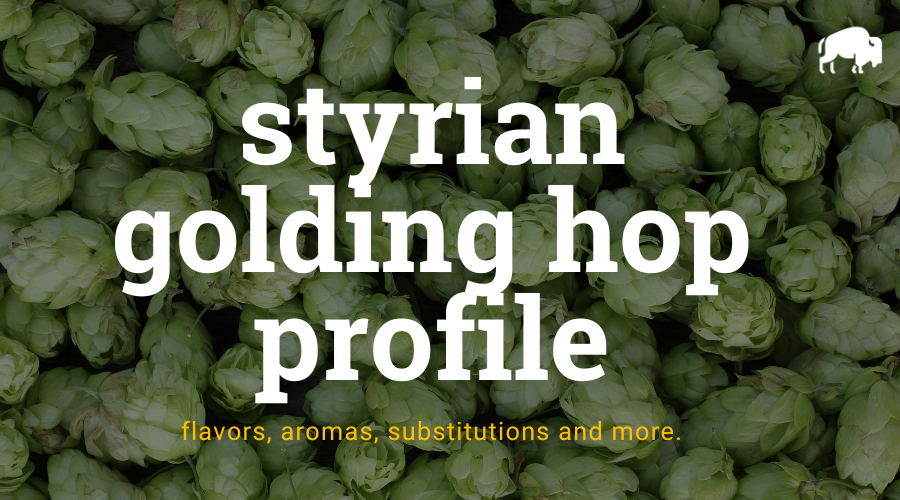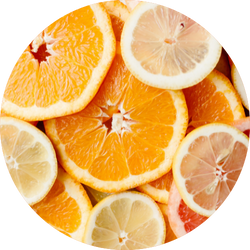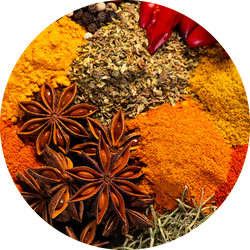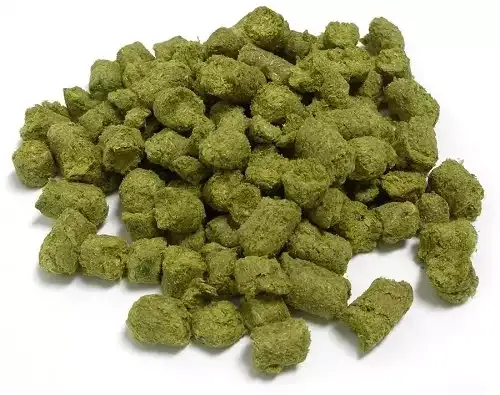
Styrian Golding, also known as Savinjski Golding, hops originate from Slovenia and are a genetic derivative of the English variety Fuggle. They are also known as Savinja Golding and Sannthaler due to their connection to the Slovenian river and the range in the Alps at the Austro-Slovenian border.
The hop’s aroma and flavor profile is pleasant, earthy, and spicy, with more citrusy notes, particularly grapefruit, than its Slovenian counterparts. Due to its low alpha acids (4-6.5%), this hop is better used later in the boil and can be brewed with higher alpha hops at the start.
Styrian Golding hops are good for brewing Lagers, English Bitters, Ales, Belgian Ales, and dry-hopped UK Ales.
| Usage: | Aroma |
| Country of Origin: | Slovenia |
| Hop Growers Code: | SSG |
Where To Buy Styrian Golding Hops
Styrian Golding Flavor And Aroma
Styrian Golding is an aroma hop that is often described to have the following aroma characteristics:

citrus

pine

spicy
Styrian Golding Hop Oil Breakdown
Hop oils can vary from year to year and farm to farm but based on our research, here are the typical values we have seen reported. This information comes from various hop farms, The Hop Aroma Compendium, and For The Love Of Hops.
| Alpha Acid % (AA) Alpha acids are what is isomerized when boiling to create bitterness in beer. | 2.8% – 6% |
| Beta Acid % Beta acids are what give hops their more aroma and flavor compounds. | 2% – 3% |
| Alpha-Beta Ratio This ratio of alpha acids to beta acids determines how quickly bitterness fades during aging. Lower ratios are common for aromatic varieties. | 1:1 – 3:1 |
| Co-Humulone as a % of Alpha Higher numbers are said to impart a harsher bitterness. | 25% – 30% |
| Total Oils (mL/100g) With more total oils, typically comes a more complex hop profile but these are highly volatile compounds. | 0.5mL – 1mL |
| Myrcene green, resinous | 27% – 33% |
| Humulene woody, piney | 34% – 38% |
| Caryophyllene woody | 9% – 11% |
| Farnesene floral | 2% – 5% |
| Other Oils: Includes beta-ionine, beta-pinene, limonene, linalool, geranoil & selinene | 13% – 28% |
| Hop Storage Index (HSI) The HSI indicates the percent of alpha and beta acids lost after 6 months of storage at room temperature (68°F or 20°C). | Retains 72% alpha acid after 6 months storage at 20ºC (68ºF). |
| Hop Storage Index (HSI) Rating | Good |
Styrian Golding Hop Substitutions
Replacing one hop for another is seldom straightforward but sometimes you don’t have the right hop or the right quantity of hops for the beer you want to make. For those situations, we have made a comprehensive list of hops to substitute on brew day.
These substitutions aren’t perfect as hop chemistry is pretty complex.
We wanted to make this list of substitutions with varietals that are easy to find when possible. For Styrian Golding, we recommend substituting with the following hops:
Beer Styles
For the most part, any hop could have a place in just about any beer style. Based on popular beers, historical usage, and our own preferences, we would recommend using Styrian Golding for IPA, New England IPA, Pale Ale, Wheat Beer, Golden Ale. That being said, experiment and see what works best for you.
References
https://www.hopslist.com/
https://www.ars.usda.gov/
https://www.brewersassociation.org/
https://www.barthhaasx.com/
https://www.yakimachief.com/
Hieronymus, Stan. For The Love of Hops. Brewers Publications, 2012
The Hop Aroma Compendium. 2012


